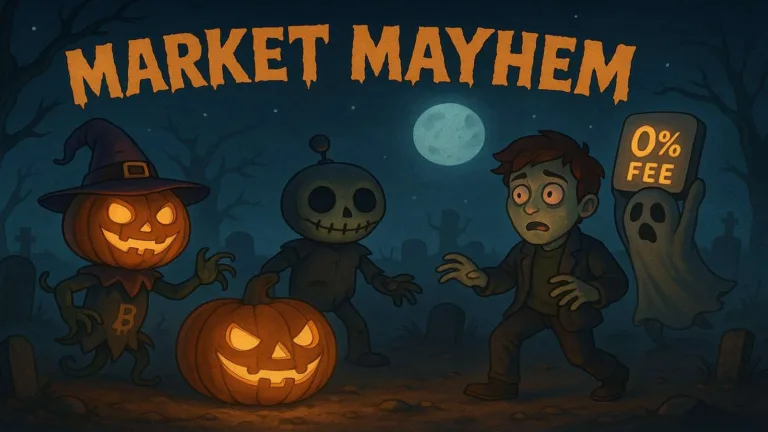Zero-Knowledge (zk) Rollup, Scroll becomes the first layer 2 scaling solution to achieve Stage 1 decentralization. Sharing a post on X, Scroll explained why this achievement matters and how it can be beneficial. “While Scroll has always had a fully functional zk proof system, users previously had to trust the centralized sequencer to avoid censorship or downtime.” However, the “Euclid upgrade, recently approved through Scroll governance, introduces a permissionless mode for the sequencer.”
With this upgrade, the network remains live even if the sequencer, which orders and groups transactions before sending them to the main chain, fails or misbehaves.
“More importantly, it enforces inclusion of Layer 1 (L1) user transactions, making censorship by the sequencer impossible.” With the Euclid upgrade, Scroll becomes “not just a type-1 zkEVM, but a Stage 1 Rollup, a major technical and decentralization milestone.”
What is Stage 1 Rollup?
Stage 1 rollups refer to a classification by Ethereum’s developers to measure how decentralized and secure a rollup— specifically how close it is to being fully trustless and aligned with Ethereum’s security guarantees. Rollups process transactions off chain, then summarized or rollups transactions and send a summary back to the main chain.
Optimistic rollups consider transactions are valid (optismistic) unless challenged, while ZK- rollup generates a zk proof for every block. However, “that proof is generated using a circuit – which has a fixed size limit and cannot prove arbitrary-length programs.” In case a forced transaction is too large or contains too many zk-unfriendly opcodes it could exceed the prover’s capacity and halt finality of the entire network.
As such, the solution was to break blocks into smaller segments compatible into a circuit, and then put them together recursively using proof aggregation. “This continuation approach lets us prove arbitrarily large execution traces – meaning forced transactions can no longer “break” the rollup. Instead of “this tx can’t be proven,” we now have “this tx just takes longer to prove.”
with








